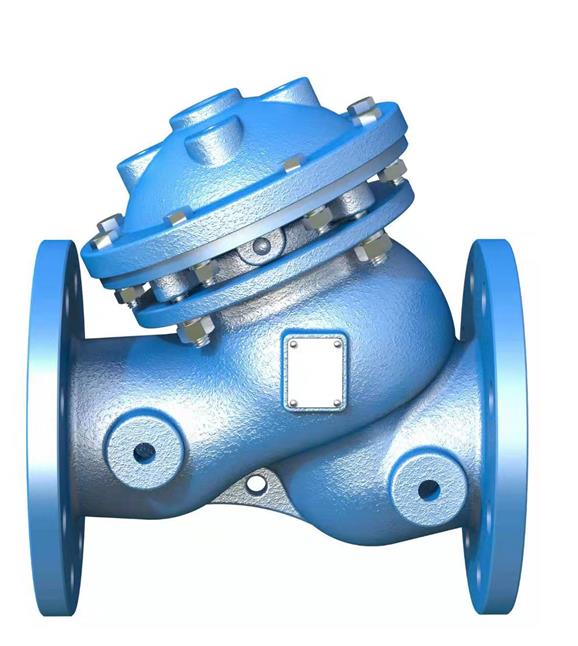As oil prices continue to rise, the cost of raw materials used in the production of polyester and polyether polyols is also increasing rapidly. In response, natural oils and fats—renewable resources—are gaining attention as sustainable alternatives for producing polyurethane intermediates, offering clear cost advantages. To support this shift, the National Development and Reform Commission has launched a major industrialization project, aiming to establish an annual production capacity of 50,000 tons of rosin-based and oil-based polyester polyols. This initiative, included in the 2007 national technology development plan, is now in the installation phase.
Zhou Yonghong, deputy director of the Forest Products Chemical Industry Research Institute under the Chinese Academy of Forestry, emphasized that once completed, the project will enable large-scale replacement of toxic petrochemicals like woody oils, waste oils, and rosin in the production of polyurethane intermediates. This transition is expected to significantly enhance clean production technologies within the polyurethane industry.
Currently, most PU materials rely on petroleum-based feedstocks such as phthalic anhydride, propylene oxide, and other hazardous chemicals. However, with the price of rosin at around 7,000 yuan per ton, crude oil at over 6,000 yuan per ton, and waste oil at approximately 4,000 yuan per ton, while propylene oxide costs as much as 15,000 yuan per ton, natural oil-based polyols present a more economical and environmentally friendly alternative.
China is rich in natural oil resources, including turpentine, which has an annual recoverable amount of over 2 million tons. With current output reaching about 800,000 tons annually, China leads the world in turpentine production. Rosin and turpentine are key chemical raw materials, further supporting the potential of natural oil-based polyols.
Additionally, China has significant potential for developing other woody oils and fats. By 2015, woody oil production is expected to exceed 10 million tons, and annual waste oil production, including urban waste oils, reaches about 5 million tons. Utilizing these low-cost natural oils can replace expensive petrochemicals like phthalic anhydride and propylene oxide, offering strong ecological benefits and market competitiveness.
Despite the feasibility of using natural oils, technical challenges have historically limited their adoption. For example, the separation of vegetable oil molecules from epoxides during hydroxylation has affected product performance, making it difficult to fully replace petrochemical polyols. Additionally, traditional synthesis methods often involve polluting reagents like liquid acid-base catalysts and hydrogen peroxide.
However, the Chinese Academy of Forestry’s Forest Products Chemical Industry Research Institute has made significant progress. Since the 1990s, they have studied rosin-based polyols and rigid polyurethane foams, optimizing production processes and improving product performance. In 2004, they achieved simultaneous production of dimer during biodiesel processing, boosting its economic value.
Dimer, which can replace phthalic anhydride, was used to develop polyester polyols through transesterification. A pilot line capable of producing 500 tons annually was established, and the resulting polyurethane products have performance levels comparable to those made from petrochemicals.
Building on this success, the institute and Jiangsu Liqiang Chemical Co., Ltd. collaborated on a national project to create a 50,000-ton annual production line for rosin and oil-based polyester polyols. Through innovation, they developed special pipeline reactors that improved reaction efficiency, reduced energy consumption, and enabled continuous production. Their green catalysts accelerated reactions while minimizing environmental impact.
Finally, researchers addressed the issue of poor storage stability in polyester composites by adjusting the polarity of rosin-based molecules, ensuring long-term stability and compatibility with other polyurethane components.
The ultimate goal of the project is to create a high-efficiency, continuous production system for oil-based polyester polyols, matching petrochemical performance at a lower cost and securing independent intellectual property rights. The 50,000-ton facility is expected to be operational within the year.
Y Type Control Basic Valve
The
Y-type basic valve of Aone-Best is the basic mother valve of all hydraulic
control valves. It can equiped with different pilot to adapt to different
occasions from the function. For example, with a pressure reducing pilot, the
whole valve is a pressure reducing valve; with a pressure relief pilot, the
whole valve becomes a pressure relief valve, and so on. Valves are available in
a variety of size and flange standards for selection, widely used in municipal
water supply, building water supply, air conditioning, fire protection, industrial
water, power and irrigation facilities.
When the
fluid flows through the valve at a higher flow rate, the pressure drops down. When the pressure drops to the saturation
pressure of the liquid, the liquid will vaporize and form bubbles in the fluid. When these bubbles pass through the valve at high
speed, they will cut the internal parts of the valve, and the destructive force
of bubbles is equal to the damage of sediment and other impurities on the
valve. At the same time, cavitation phenomenon can also bring obvious noise and
vibration.
When a
basic valve is used as a pressure reducing valve or a pressure relief valve,
the cavitation phenomenon may occur due to the large differential pressure
between the inlet and outlet of the valve.

Basic Valve,Y Type Control Valve,Y Type Pneumatic Valve,Y Type Pneumatic Control Valve
A1-Best Trading Corporation , https://www.aone-best.com
